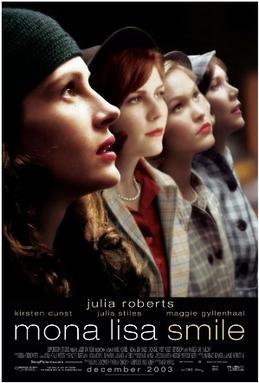Remix Project Reflection:
Statement of Goals & Choices
Compose your Statement of Goals & Choices in four parts:
- A description of your remix project goals — you can quote from your worksheet, if you like, summarizing [a] “The other options that I had in mind for this project, but did not use …”, [b] your choice of materials and [c] your intended rhetorical effects
- An extended description of all of the choices you made during your process
- The specific conditions in which your final product will be experienced
- A list of people who contributed — think of it as credits that roll at the end of a film: who did you talk to about your remix project? Who helped? Who drove you to Home Depot? Who gave you ideas? List every interaction with every person and their contribution.
Sample Extended Description of Choices
The student whose reflective statement appears below chose to focus on the way her sources represented a 1950s version of womanhood. The final product was housed inside a DVD case for the film Mona Lisa Smile, within which the bulk of the author’s research was contained in a thick “chapter” booklet.
This student’s project is different in aims & purposes than our remix projects, but her Statement of Goals and Choices is exactly what you want to aspire to: to articulate every single choice and decision you made. Even if it feels insignificant to you, document it and articulate it. Notice how this student links all of her choices to her intended effects:
My goals for this piece were to reflect the data through my representation of the data the sources themselves were presented to society. Many of my sources came from different forms of media and therefore I wanted to present my analysis of the sources in the form of a media source. I wanted the reader/viewer to experience the intake of information like women in the fifties did when presented with media from that era. The argument that I make in this piece is that media from the 1950s impact the dreams of women in that day. I argue that the media has messages behind it that influence women to choose the life of being a housewife. I believe that the media was a strong force in that day and women were highly impressionable by the media. The sources that I have chosen for this project are either artifacts of media in the fifties or they are articles from today and they discuss the impact of media on women in that day.
My Choices and Reasons:

Why is the project presented inside the cover of the movie Mona Lisa Smile? I chose to present my data inside the movie because not only was this movie the main inspiration for my topic but also I wanted the viewer/ reader to be able to experience what I learned from the movie. Why presented in a booklet? I formatted my data and reflection into this booklet because I wanted it to look like a little booklet that comes with some movies that tells about the summary and reviews of the movie. I also wanted this booklet to aid the viewer as they watch the film. I wanted them to have background knowledge about the issues discussed in the movie so they can have a better understanding.
Why is the first section labeled with the title “summary”? I titled the first section “summary” because movie reviews always start out with a brief summary of the film. In this case it is a brief summary of my topic and the sources as well as an overview of the film. I wanted this booklet to look like a guide to the movie.
Why is the following section labeled with “scene selection” and subtitled with “chapters”? The section is titled “scene selection” because often with movies on DVD they give a list of the different scenes you can select to watch. I found this to be appropriate because the reader can choose which information they want to read, which analyses they want to look at. The subtitles of “chapter” are appropriate because movies will often title the different scenes by chapters. I chose to title the sections with “chapter” because each section talks about a different type of media and my analysis of its impact on the dream of women in the fifties.
Why is the next section of the booklet titled “reviews”? This section is titled “reviews” because I wanted to stay with the movie review aspect. The phrases in the review are my analysis of the movie as a source. They are also my concluding thoughts on the topic. This seemed to suit since a movie review discusses the movie much like how my comments analyze the movie as a source.
Why is the last section titled “credits”? Because the credits of a movie give appreciation to all the people behind the scenes of the movie. This section is my works cited page. This seemed appropriate because it gives recognition to all the sources that were a part of my analysis about my topic. Why did I choose the sources that I did? I chose my sources to come from actual forms of media in the fifties because I wanted to look at and analyze the real source. Some of my sources are pieces that reflect on a certain media. I chose to use them as a few of my sources because I wanted to look at how they inform today’s public of the issues. These sources also helped to aid my analysis of the primary sources and my discussion of the topic.
______________________________________
SoGC examples — but keep in mind that these students were working on semester-length projects, so they are much more fully developed and detailed in ways that we are doing in a compacted period of time:
